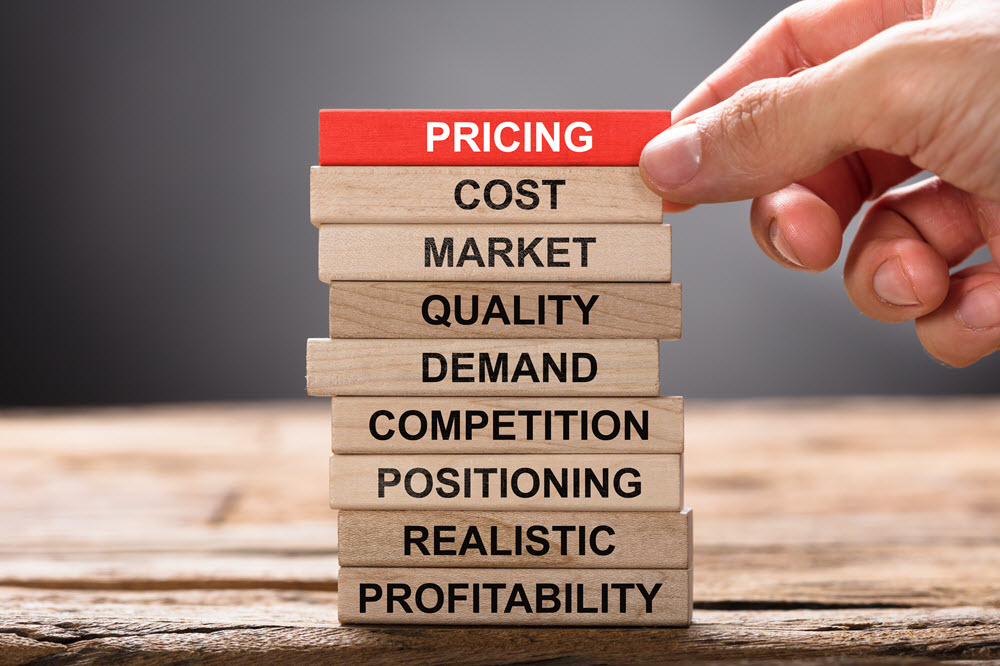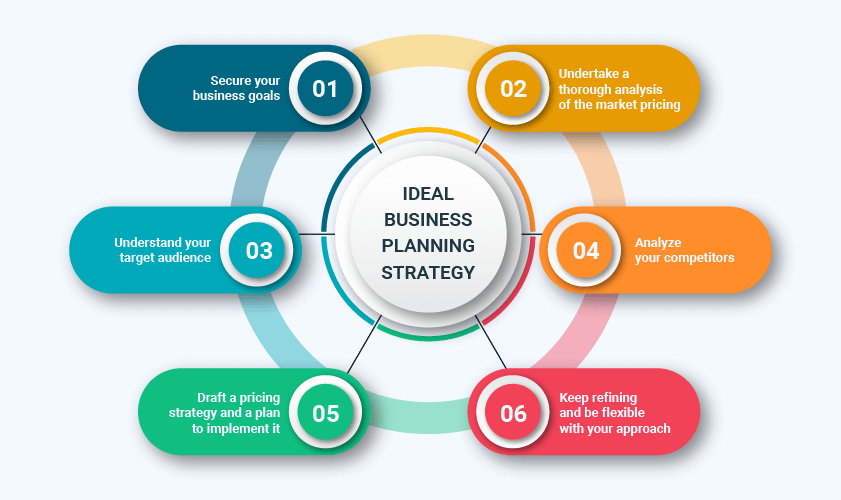
Master Effective Rates Techniques to Optimize Earnings
In the ever-evolving landscape of business, grasping efficient rates methods is essential for companies aiming to take full advantage of revenue. A nuanced understanding of prices psychology can dramatically influence consumer habits and acquiring decisions. Using value-based and dynamic rates models enables companies to adapt to market fluctuations and customer sentiment. Nonetheless, the complexity of competitor evaluation and recurring efficiency examination elevates important concerns regarding the sustainability of these techniques. What specific strategies can be carried out to make sure long-lasting success and consumer loyalty in this competitive setting?
Comprehending Rates Psychology
Comprehending pricing psychology is crucial for services aiming to enhance their rates techniques. This field checks out how consumers view prices and how these assumptions influence their purchasing decisions. Secret principles in prices psychology consist of the anchoring impact, where the first rate presented serves as a reference factor for customers, and the idea of rate sensitivity, which varies amongst different customer sections.
In addition, companies can leverage the notion of regarded value, where the regarded advantages of a service or product can validate a higher cost point. For example, premium prices can produce a mood of exclusivity, attracting customers that link greater costs with premium high quality. On the other hand, psychological pricing, such as setting a price at $9.99 rather of $10, can significantly affect customer habits by making rates appear much more attractive.
In addition, deficiency and seriousness can improve the regarded worth of items, motivating quicker acquiring choices. Comprehending these psychological triggers makes it possible for services to create pricing approaches that not just drive sales but likewise foster consumer loyalty. Therefore, understanding prices psychology is necessary for efficient pricing strategy solution, causing improved earnings and market positioning.
Executing Value-Based Rates

First, conduct thorough marketing research to identify the worth motorists for your target market. This can include functions, quality, brand track record, and customer care. Next off, segment your clients based on their willingness to pay and the worth they view. By doing so, you can tailor offerings and pricing techniques to align with various sectors.
After gathering insights, collection prices that reflect the maximum amount a consumer agrees to pay, making sure that they view a reasonable exchange for the worth received. Connect the value proposal efficiently, highlighting the advantages and differentiators of your offering. Continually check market problems and consumer feedback to fine-tune view your rates method over time. By carrying out value-based prices, companies can improve profitability while cultivating long-lasting client loyalty.
Exploring Dynamic Rates Versions
In today's rapidly changing market landscape, dynamic prices versions have arised as a powerful approach for businesses looking for to optimize earnings and reply to changes sought after. These models permit companies to change their costs in real-time based upon various aspects such as customer behavior, market patterns, and stock levels. By leveraging data analytics and algorithms, companies can identify ideal prices factors that optimize sales while remaining affordable.
Dynamic pricing can take various kinds, including time-based pricing, where prices fluctuate based upon time of day or season, and demand-based rates, which changes costs according to present consumer need. This versatility not only enhances success yet also enhances consumer fulfillment by providing costs that show real-time market conditions.
Implementing vibrant prices needs a durable technological infrastructure and a deep understanding of consumer sectors. Clear communication regarding pricing modifications can assist mitigate consumer frustration and foster trust fund, eventually leading to continual success in an affordable market.
Studying Competitor Pricing
Monitoring rival prices is important for organizations intending to maintain an one-upmanship in their particular markets. By analyzing competitors' prices methods, firms can recognize market trends, recognize customer choices, and change their prices as necessary. This analysis involves event information on competitors' rates, marketing techniques, and product offerings to inform rates decisions.
To efficiently assess competitor prices, organizations should utilize different devices and strategies, such as cost monitoring software, marketing research reports, and client feedback. This data can expose just how rivals position their product or services, permitting organizations to distinguish their offerings or adopt comparable methods to continue to be relevant.
In addition, it is important to categorize rivals right into indirect and straight competitors. Straight competitors provide similar product and services, while indirect competitors might fulfill the very same customer need with various services. Comprehending the subtleties between these teams will allow businesses to customize their prices methods better.
Eventually, continuous rival rates analysis is crucial for making informed prices choices. It allows businesses to stay agile in reaction to market changes, guaranteeing they can confiscate chances and minimize dangers associated with rates methods.
Assessing Pricing Efficiency
Understanding how competitor rates affects market dynamics results in a natural concentrate on reviewing prices efficiency within one's own service. This assessment is important for identifying areas of toughness and see this site opportunities for enhancement, eventually boosting productivity.

In addition, conducting normal rates audits can reveal inconsistencies between anticipated and actual performance. This includes contrasting prices data across different segments and channels to comprehend variances and determine patterns. Furthermore, integrating customer responses can offer insights into regarded value versus real rates, making sure placement with market assumptions.
Finally, leveraging data analytics devices can assist in much deeper insights into prices performance, making it possible for organizations to make data-driven changes (Pricing Strategy). By continually evaluating prices performance, organizations can adapt to market changes and enhance their methods, guaranteeing sustained earnings in an affordable landscape
Verdict
By leveraging prices psychology, services can improve regarded worth and tailor pricing to varied consumer segments. The fostering of value-based and dynamic pricing models helps with real-time changes based on demand and customer willingness to pay.
Comprehending rates psychology is vital for businesses intending to maximize their prices techniques. Recognizing these psychological triggers enables businesses to develop pricing techniques that not just drive sales however likewise foster customer loyalty. Thus, grasping pricing psychology is essential for effective rates technique formula, leading to boosted success and market positioning.
By evaluating rivals' rates methods, companies can recognize market patterns, recognize customer choices, and readjust their rates accordingly. By leveraging prices psychology, companies can improve perceived worth and dressmaker rates to diverse consumer sectors.